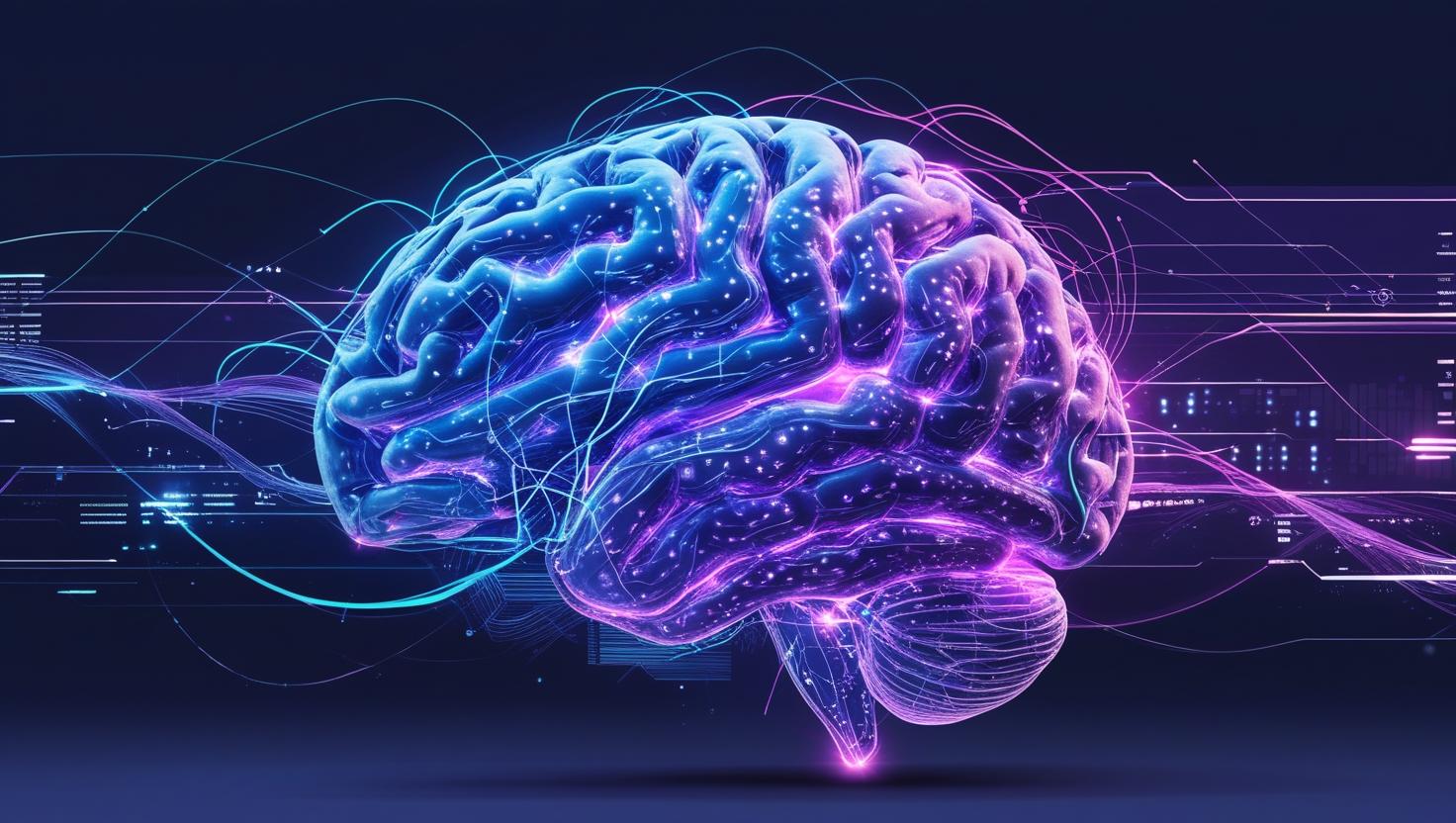Google AI Mode: How It’s Changing the Future of Search in 2025
In 2025, Google made a bold leap into the future of search by launching a revolutionary new feature called \”AI Mode\”.
This new system, powered by Google’s advanced Gemini 2.5 model, is changing how users interact with search results and information online.
Unlike traditional search that provides a list of blue links, AI Mode delivers conversational, AI-powered answers directly within the search page.
As the feature rolls out across the United States, it is poised to transform everything from everyday queries to content marketing and SEO strategies.
What is Google AI Mode?
Google AI Mode originated as an experiment in Search Labs earlier this year but has now become a standard option for users in the U.S.
Its goal is simple: make search more interactive, intelligent, and user-friendly.
AI Mode allows users to engage in back-and-forth conversations with the search engine, much like chatting with a digital assistant.
This conversational approach uses AI to understand context, follow up on questions, and summarize content in a way that’s faster and often more helpful than scanning multiple websites.
Key Features of Google AI Mode
At its core, AI Mode offers several standout features that distinguish it from the classic search experience.
One major upgrade is the ability to ask follow-up questions without starting a new search query.
This saves users time and enhances understanding.
AI Mode also presents visually rich answers—combining text, images, and videos—directly in the results.
Furthermore, the system links to source websites, giving users the option to explore deeper if they wish.
How AI Mode Works
A particularly impressive technical feature of AI Mode is its \”query fan-out\” mechanism.
When a user asks a question, the system simultaneously pulls data from multiple sources to build the most accurate, up-to-date answer possible.
This technology ensures that users receive comprehensive and reliable responses in real time, powered by a blend of AI inference and live web crawling.
It’s one of the many signs that Google is turning its search engine into more of an intelligent assistant than a static tool.
Impact on Users
For users, the impact of AI Mode is immediate and noticeable.
Whether they’re looking for quick recipes, tech guides, or historical facts, the new system cuts through the clutter.
Instead of sifting through dozens of links, users receive summarized answers in seconds.
This is especially useful on mobile devices, where screen space is limited.
The conversational aspect makes searching feel more personal, natural, and intuitive.
Challenges for SEO and Publishers
However, the benefits for users come with challenges for content creators and website owners.
One of the biggest concerns is the potential drop in organic traffic.
Since AI Mode answers many questions directly, users may not click through to source websites as frequently as before.
Early reports suggest that some publishers are experiencing a 30% to 70% decline in traffic from certain types of informational queries.
This trend could pose a serious challenge to websites that rely heavily on search-driven ad revenue.
SEO Strategies for AI Mode
Google Search Console now includes data from AI Mode, helping webmasters track how much traffic is coming from traditional search versus AI-enhanced responses.
This transparency is helpful, but it also highlights the need for publishers to rethink how they create and present their content.
The future of SEO may be less about ranking on the first page and more about being cited as a trusted source by AI systems.
To adapt, content creators are encouraged to focus on producing high-quality, authoritative content that answers questions clearly and concisely.
Using structured data, clear headings, and expert input can increase the chances of being referenced by Google’s AI.
It’s also wise to include multimedia content, such as images and videos, to match the visually rich format of AI Mode search results.
Industry Reactions
Industry reactions to Google AI Mode have been mixed.
While some see it as an inevitable evolution of search, others worry about the long-term impact on independent journalism, niche blogs, and affiliate marketing sites.
Critics argue that by keeping users within its own ecosystem, Google may unintentionally stifle the open web and concentrate more power within its own platforms.
On the other hand, proponents believe AI Mode enhances accessibility and user experience, especially for those who prefer quick answers without navigating multiple pages.
The Future of AI-Driven Search
Looking ahead, AI Mode is likely just the beginning.
Google is expected to expand the feature beyond the U.S. to global markets in the coming months.
Future updates may include integrations with shopping, local business directories, healthcare advice, and more personalized services.
Competitors like Microsoft’s Copilot and startups like Perplexity AI are also pushing innovation, suggesting that AI-driven search is quickly becoming the new standard.
In conclusion, Google AI Mode represents a fundamental shift in how people search for and consume information online.
It offers speed, convenience, and a new level of interactivity, but it also challenges traditional web traffic patterns and SEO strategies.
As this technology continues to evolve, both users and content creators will need to adapt.
Embracing the changes early, optimizing for AI-driven discovery, and maintaining content quality will be key to staying relevant in the new era of search.





